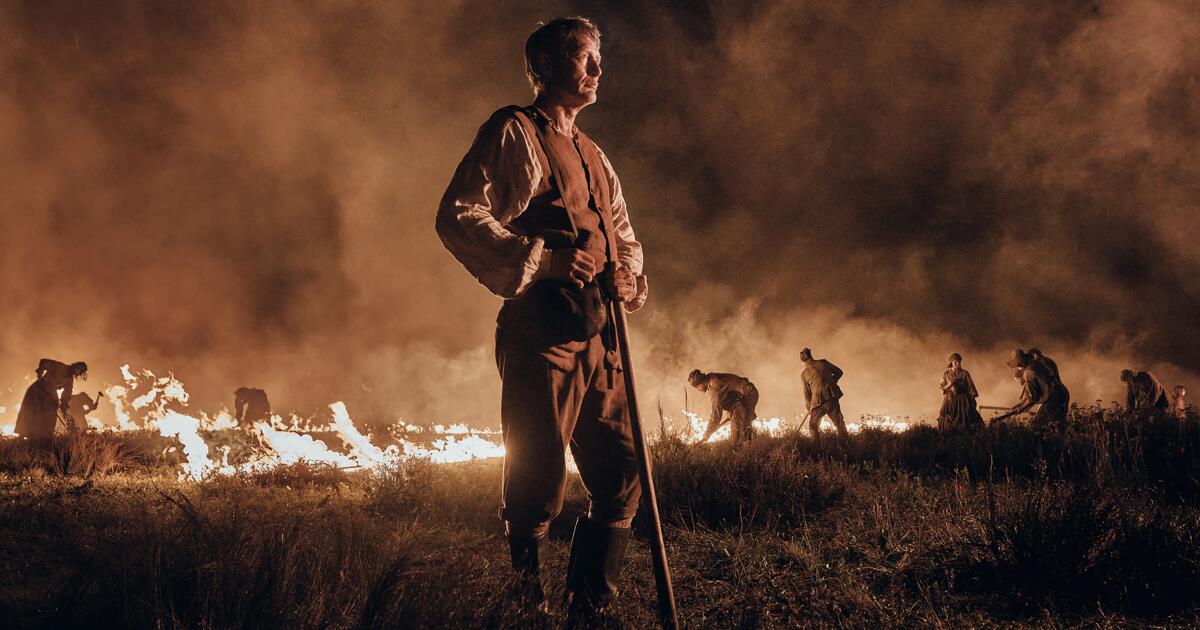Mary Weiss, the singer who channeled the melodrama of adolescence as lead vocalist of the quintessential girl group Shangri-Las, has died at the age of 75. Her death was announced Friday in a Facebook post by Miriam Linna, whose Norton Records label released Weiss's only solo album in 2007.
The cause of death was not revealed.
Shangri-Las were the last of the great girl groups, emerging in 1964 just as the sound was being eclipsed by the rise of the British Invasion bands. Unlike their peers like the Shirelles and the Crystals, the Shangri-Las were not black: They were poor white teenagers from New York City, who occasionally sang with pronounced Queens accents and always performed with an elegant swagger. Flanked by her childhood friends Marge and Mary Ann Ganser (and, occasionally, her older sister, Betty), Weiss sang with a toughness and tenderness that lent gravitas to the film productions of George “Shadow” Morton in his signature hits “ Leader of the Pack.” ”, “Remember (Walking in the Sand)” and “Give him a big kiss”.
Although their time in the spotlight lasted just under two years, the Shangri-Las created an enduring rock 'n' roll archetype: girls who were as strong and sexy as their doomed boyfriends, boys who were “good, bad” but “it ain't bad,” as Weiss said in “Give Him a Great Big Kiss.” This attitude and the group's heightened music (equal parts operatic pop and lush R&B) proved influential, particularly on New York City punks. York in the 1970s. Blondie covered his “Out in the Streets”; the New York Dolls took the spoken intro from “Give Him a Great Big Kiss” for their “Looking for a Kiss,” then hired Morton as producer for their second album, setting the stage for Aerosmith's version of “Remember (Walking in the Sand”).)” during the heyday of punk. Shangri-Las' music resonated throughout the years, into a mainstream that recognized “Leader of the Pack” as a classic (in 2019, the song was inducted into the Rock & Roll Hall of Fame), as well as in the rock underground that welcomed Weiss' return to music in 2007. .
Steven Van Zandt of the E Street Band commemorated Weiss on x, formerly known as Twitter, wrote that Shangri-Las were “one of the essential girl groups of the '60s that allowed young girls to dream big at a time when society limited women to being secretaries. Her brilliant albums with Shadow Morton defined aural cinema.”

María Weiss in 2010.
(Steven A. Henry/WireImage)
Mary Weiss was born and raised in the Queens borough of New York City. “I had a pretty bad childhood,” she once said. Her father died shortly after her birth on December 28, 1948, leaving behind Mary and her older siblings, Betty and George. “My mother didn't do much,” Weiss recalled, leading the family to live in poverty.
Weiss and her sister found relief in music. The couple began singing with their friends' twin sisters, Mary Ann and Marge Ganser, and soon graduated from dances to nightclubs. They gained the attention of Artie Ripp, an independent record mogul who signed them to Kama Sutra Productions. Shortly after recording “Simon Says,” the group connected with George “Shadow” Morton, a fledgling songwriter and producer on a quest to break into the Brill Building scene. He hired the group to sing a demo of “Remember (Walking in the Sand)” (the session also featured Billy Joel on his recording debut) and then took the single to Jerry Leiber, who had just launched Red Bird Records with his partner composer. Mike Stoller. Leiber decided to sign Morton to a publishing deal and release “Remember (Walking in the Sand).”

“Remember (Walking the Sand)” entered the Billboard Top 10 upon its release in the late summer of 1964, so Morton and Shangri-Las rushed to get “Leader of the Pack” into stores. A heated tragedy replete with Morton sound effects and fueled by Weiss's pleas (the producer later said, “I was asking her to be an actress, not a singer”), “Leader of the Pack” cemented Shangri-Las' reputation. like girls from the wrong side of the tracks. It was an idea shared among the staff at his label. Ellie Greenwich, a key member of the Red Bird writing team who wrote “Leader of the Pack” with Morton, recalled: “At first, we didn't get along; They were a bit rough and having to deal with them on a day-to-day basis made me very tense, with their gestures and language, chewing gum and the torn stockings on their legs. We said, “It's not nice, you must be ladies,” and they said, “We don't want to be ladies.” “
Stoller agreed that “The Shangri-Las were the perfect white 'mean girls' of the time,” but Weiss disagreed: “I heard we were tough and I find that very funny. “If you actually look at the old tapes, I don’t think that word even comes up.” However, the group's hit singles sizzled with barely coded sexuality and were riddled with misfortune and death, giving the group an air of danger.
After “Give Him a Great Big Kiss” completed their initial triptych of hits, the Shangri-Las didn't have another big single until “I Can Never Go Home Anymore” reached the Top 10 in 1965. It was their last big hit. Red Bird soon imploded and the group became embroiled in legal trouble, which Weiss later jokingly explained: “My mother signed a contract to give up my life when I was 14.” After releasing a couple of singles for Mercury, Shangri-Las broke up in 1968.
Weiss attempted to find a new home in the hippie epicenter of San Francisco, but soon returned to New York. He left music behind for nearly a decade, then attempted a comeback with his sister Betty and Marge Ganser (Mary Ann Ganser died in 1970 of a drug overdose) just as punk was gaining steam in 1976. Seymour Stein signed the group to Sire and paired them with producer Andy Paley, only for all parties involved to decide to scrap the record; remains unpublished.

A later incarnation of Shangri-Las, from left, Marge Ganser, Mary Weiss and Betty Weiss.
(Roberta Bayley / Redferns)
Weiss spent the next 20 years away from music, working at an architectural firm where she rose from the accounting department to chief purchasing agent. At a release party for Rhino's lavish girl group box set, “One Kiss Leads to Another,” in 2005, she met Billy Miller, then head of garage-rock preservationists at Norton Records.
When Norton expressed interest in Weiss as a contemporary artist, not a nostalgia act, he agreed to record a new album with support from Memphis garage band Reigning Sound. The resulting “Dangerous Game” appeared in 2007, supported by a brief tour. “Dangerous Game” was his first and last solo album: after its release, Weiss once again retreated from the spotlight.
She is survived by her husband, Ed Ryan.












